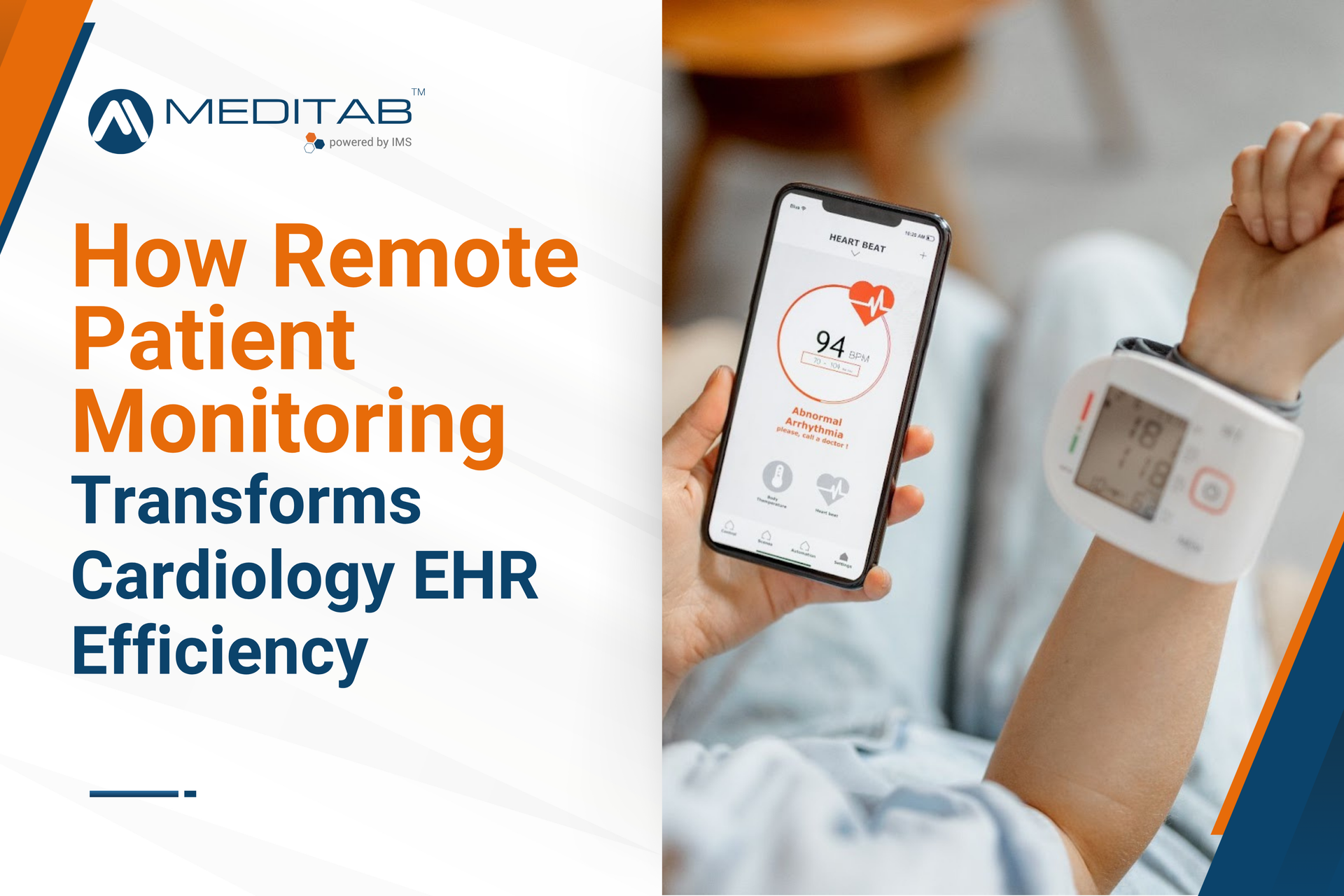2. Misunderstanding of HCC Guidelines
Just like other healthcare regulations, HCC coding guidelines are constantly evolving. Misunderstanding even one guideline can lead to significant errors. Coders who are not up-to-date with the latest coding changes may enter outdated codes, which can result in medical claim denials and serious revenue loss, depending on the severity of the error.
Every coder must undergo continuous education and training to stay updated about the latest coding guidelines and updates. Attending training sessions and subscribing to coding journals can enhance their knowledge and skills, leading to improved accuracy and proficiency in coding.
3. Relying on Surface-Level Information
Relying too heavily on surface-level information can lead to errors and missed opportunities for coding, including unbundling, forgetting to attach appropriate or inappropriate modifiers, and failing to check NCCI edits. Failing to review your patient’s history and chart notes puts your practice at risk of revenue loss, endangers your patient’s health, and compromises their treatment.
Before you input anything, make sure to understand all relevant information. Putting in extra effort to understand each piece of information can save you from all the stress and hassle.
4. Common Medical Coding Errors
Not all coding errors are malicious attempts to trick customers. More often, coding errors are simple mistakes. Here are the most common medical coding errors made by healthcare staff:
Unbundling Codes
Unbundling occurs when a healthcare provider charges a patient for different parts of a procedure using individual codes instead of a single code covering the entire procedure.
Overcoding and Undercoding
Overcoding happens when coders assign codes that reflect a higher level of complexity than what was provided, while undercoding involves charging for fewer services than were actually performed. These issues can lead to significant financial loss, including audits and penalties.
Duplicate Billing
Duplicate billing commonly occurs when the same medical procedure or service is billed more than once for a single patient during the same treatment period, which can be caused by human error or technical glitches in the billing system. Such errors can lead to overpayment by insurance companies and can also affect your patient’s trust in your practice. Having robust billing procedures can help prevent this error from happening.
5. Lack of Specificity in Coding
Hierarchical condition category coding demands specificity to accurately reflect the patient’s health status. Using unspecified or less specific codes can lead to inaccurate risk adjustment and lower reimbursements.
Providers must document with precision and clarity, and coding staff should be trained to select the most appropriate codes. Using the most specific ICD-10 codes available is essential to avoid errors.
Achieve Better Reimbursements for Your Practice
Today, countless healthcare providers still accidentally stumble into these HCC coding pitfalls. We understand that catching and avoiding coding errors takes more time than you, as a busy healthcare professional, can spare. Improving your coding accuracy, increasing reimbursements, and enhancing patient care delivery can take more than vigilance and extreme focus.
Beyond keeping up with the latest technology and adopting new ways to ensure your clinical and administrative processes are on point, promoting education, regular training, and thorough documentation all contribute to coding accuracy and, in turn, better reimbursements.
Accurate HCC coding is one of the critical factors that drive practice success. If your healthcare organization struggles with HCC despite your manual efforts, consider looking into Meditab’s Intelligent Medical Software (IMS), a software solution with integrated innovative features that make HCC coding easy and error-free.
Meditab is a leading software solutions provider with more than two decades of experience in the healthcare industry. Our core EHR platform, IMS, combines EHR,
practice management, billing, and office management into one seamless system.
IMS offers the tools and automations that help you perform error-free HCC coding at a fraction of the time most EHR systems take, all with continuous and compassionate customer support.














